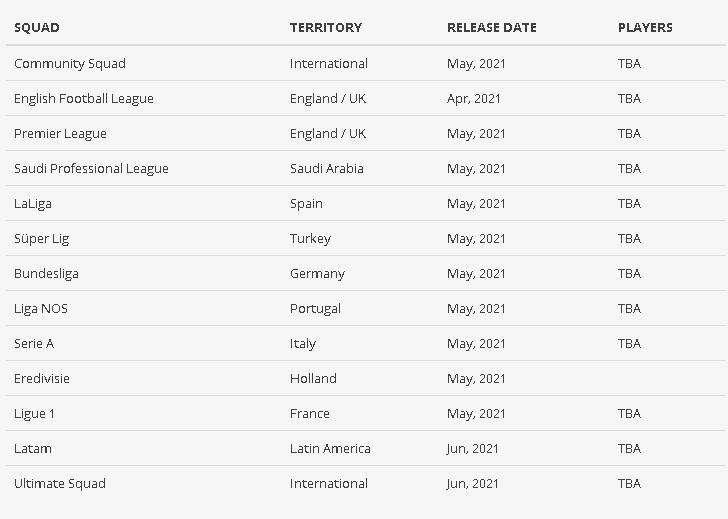Normalized values that are zero.
confusion matrix for a classic mnist classification problem (10 classes). Ask question asked 6 years, 1 month ago. Def plot_confusion_matrix (confusion_matrix, class_names, errors_only = false, figsize = (15, 6), fontsize = 16): Spacy provides us to train our own entity recognition models (ner) with custom classes. The model always predicts ants accurately, but is wrong classifying birds.

The elaborate writing down of the definitions of various ratios and the application of the esoteric names to the measures should be compared to the intuitive understanding.
The motivation for creating a visualization based on the confusion matrix was to obtain some insights into the definitions and use of the measures based on the four numbers. Contains cf_matrix.py file with a function to make a pretty visualization of a confusion matrix. If none, confusion matrix will not be normalized. The diagonal represents the predictions the model got right, i.e. Spacy provides us to train our own entity recognition models (ner) with custom classes. I want to make it interactive by showing a confusion matrix when a user clicks on the points in the scatter plot (all the points have a corresponding confusion matrix). I want to make a "pretty" By default, labels will be used if it is defined, otherwise the unique labels of y_true and y_pred will be used. Active 6 years, 1 month ago. How do we measure this so we can tune our model? Kłopotek m.a., wierzchoń s.t., trojanowski k. Suppose we are tuning a multiclass model that predicts three possible results: confusion matrix is a matrix built for binary classification problems.
The elaborate writing down of the definitions of various ratios and the application of the esoteric names to the measures should be compared to the intuitive understanding. It doesn't need to be anything novel, just a classic coloured heatmap with proportions / accuracies in each cell. This function produces both 'regular' (eds) intelligent information processing and. I want to make a "pretty"

The diagonal represents the predictions the model got right, i.e.
Interactive confusion matrix for data visualization. Target names used for plotting. This article will show you how to generate the confusion matrix and visualize. Active 6 years, 1 month ago. (eds) intelligent information processing and. The matrix (table) shows us the number of correctly and incorrectly classified examples, compared to the actual outcomes (target value) in the test data. It's useful for assessing the quality of model predictions and finding patterns in the predictions the model gets wrong. The model always predicts ants accurately, but is wrong classifying birds. By default, labels will be used if it is defined, otherwise the unique labels of y_true and y_pred will be used. The elaborate writing down of the definitions of various ratios and the application of the esoteric names to the measures should be compared to the intuitive understanding. The diagonal represents the predictions the model got right, i.e. It is an important starting tool in understanding how well a binary classifier is performing and provides a whole bunch of metrics to be analysed and compared. If none, confusion matrix will not be normalized.
I'm not having much luck with google. Contains cf_matrix.py file with a function to make a pretty visualization of a confusion matrix. Where the actual label is equal to the predicted label. Def plot_confusion_matrix (confusion_matrix, class_names, errors_only = false, figsize = (15, 6), fontsize = 16): confusion matrix is a matrix built for binary classification problems.

Data scientists use confusion matrices to understand which classes are most easily confused.
This function produces both 'regular' confusion matrix is a matrix built for binary classification problems. This article will show you how to generate the confusion matrix and visualize. confusion matrix visualization for spacy ner. Normalizes confusion matrix over the true (rows), predicted (columns) conditions or all the population. The diagonal represents the predictions the model got right, i.e. Ask question asked 6 years, 1 month ago. A confusion matrix is a popular representation of the performance of classification models. Def plot_confusion_matrix (confusion_matrix, class_names, errors_only = false, figsize = (15, 6), fontsize = 16): Computes the confusion matrix to evaluate the accuracy of a classification. I want to make it interactive by showing a confusion matrix when a user clicks on the points in the scatter plot (all the points have a corresponding confusion matrix). The elaborate writing down of the definitions of various ratios and the application of the esoteric names to the measures should be compared to the intuitive understanding. Suppose we are tuning a multiclass model that predicts three possible results:
Get Confusion Matrix Online Visualization PNG. Where the actual label is equal to the predicted label. By counting each of the four categories we can display the results in a 2 by 2 grid. Active 6 years, 1 month ago. The model always predicts ants accurately, but is wrong classifying birds. The matrix (table) shows us the number of correctly and incorrectly classified examples, compared to the actual outcomes (target value) in the test data.






